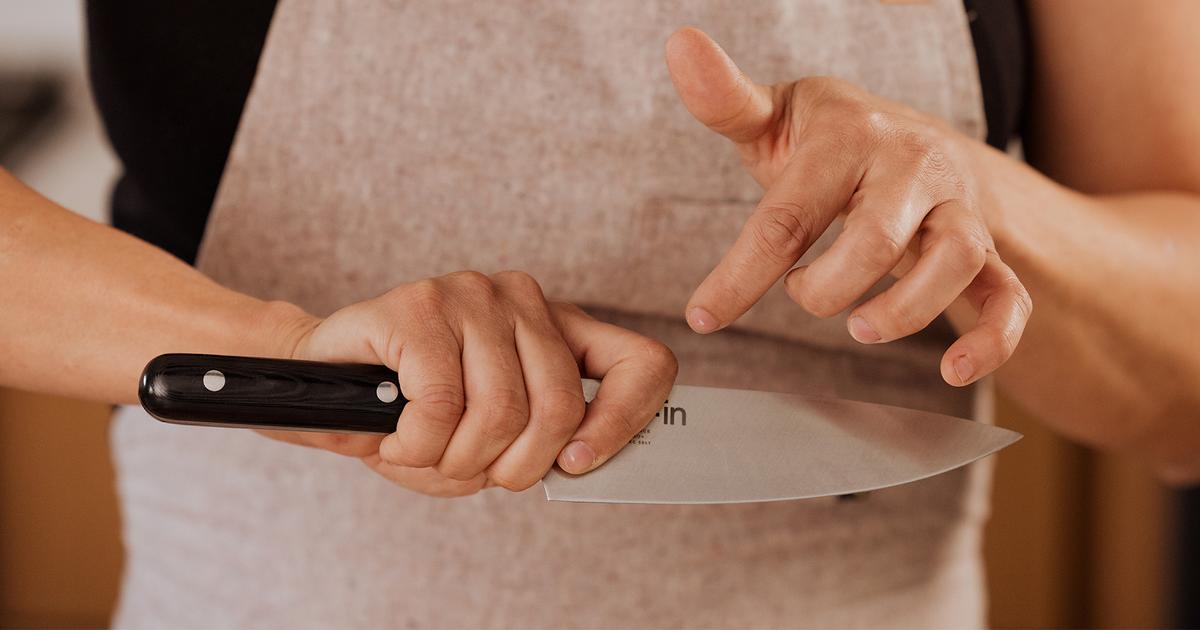As a barbecue enthusiast, having a sharp and reliable utility knife is crucial for cutting through meats, vegetables, and other grilling essentials. But how do you know when it's time to replace the blade of your utility knife? In this comprehensive guide, we'll explore the signs that indicate it's time for a blade replacement, and why maintaining a sharp blade is essential for a successful barbecue experience.

Understanding the Utility Knife
A utility knife is a versatile tool that can be used for various tasks in the kitchen and at the grill. It's designed to handle both delicate and tough cutting jobs, making it a go-to tool for barbecue enthusiasts. However, like any other tool, the blade of a utility knife will eventually wear out and lose its effectiveness.

Signs That It's Time to Replace the Blade
Dullness
If you notice that your utility knife is struggling to cut through meat or vegetables, it's a clear sign that the blade has become dull. A dull blade requires more effort to cut, increasing the risk of accidents and uneven cuts.
Visible Damage
Check the blade for any visible signs of damage, such as nicks, chips, or bends. Any damage to the blade can compromise its cutting ability and make it unsafe to use.
Rust and Corrosion
Rust and corrosion are clear indicators that the blade needs to be replaced. Not only do they affect the blade's performance, but they can also contaminate your food.
Frequent Slipping
If your utility knife frequently slips while cutting, it's a sign that the blade is no longer providing the necessary grip and precision. This can be dangerous, especially when handling slippery or tough ingredients.

Why a Sharp Blade Matters
A sharp blade is essential for a variety of reasons. It ensures clean and precise cuts, improving the presentation and cooking of your barbecue dishes. Additionally, a sharp blade reduces the risk of accidents, as it requires less force to cut through ingredients, minimizing the likelihood of slips and mishaps.

Steps to Replace the Blade
Step 1: Safety First
Always prioritize safety when replacing the blade of your utility knife. Wear protective gloves and ensure you are in a well-lit and stable workspace.
Step 2: Remove the Old Blade
Each utility knife is different, so refer to the manufacturer's instructions for removing the old blade. Typically, you will need to unscrew or slide a mechanism to release the blade.
Step 3: Install the New Blade
Carefully insert the new blade into the knife, ensuring it's securely in place. Double-check the blade's alignment and stability before using the knife again.
Step 4: Dispose of the Old Blade
Properly dispose of the old blade by wrapping it in a protective material and placing it in a designated sharps container or sturdy waste container. This prevents any accidental injuries during disposal.
Maintaining Your Utility Knife
Proper maintenance can extend the life of your utility knife blade. Regularly clean and dry the blade after each use to prevent rust and corrosion. Store the knife in a safe place, away from moisture and other utensils that could cause damage.
Conclusion
Knowing when to replace the blade of your utility knife is essential for maintaining its performance and ensuring your safety while grilling. By paying attention to the signs of wear and tear, you can keep your utility knife in top condition and enjoy a seamless barbecue experience.
FAQs
How often should I replace the blade of my utility knife?
The frequency of blade replacement depends on how often you use the knife and the materials you cut. Generally, it's a good idea to replace the blade every few months or when you notice signs of dullness and damage.
Can I sharpen a dull utility knife blade instead of replacing it?
While some utility knife blades can be sharpened, it's often more efficient and safer to replace the blade entirely. Sharpening may not restore the original sharpness, and a new blade ensures optimal performance.
What should I do if my utility knife blade shows signs of rust?
If you notice rust on the blade, it's best to replace it immediately. Rust can compromise the blade's integrity and pose a risk of contamination.
As an Amazon Associate, I earn from qualifying purchases.


























